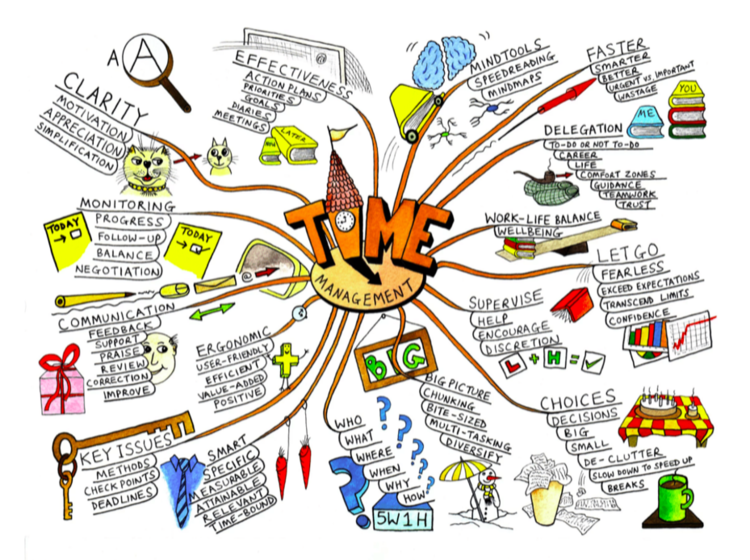What is it?
Brain Recovery, Leisure, and Play put the “life” in work-life balance. These are the things you do in your free time that keep you excited and recharged.
Leisure and Play can refer to similar activities, but they carry different motivations.
Leisure usually refers to how you spend your time free from obligations--work, housework, eating, sleep. Leisure activities serve the purpose of relaxation, competition, or growth. Reading, meditating, art, athletics, and socializing are all leisure activities.
Play is imaginative, intrinsically motivated, nonserious, freely chosen, and actively engaging. Play is motivated by fun and socialization.
Brain Recovery is intentionally engaging in leisure or play to activate or rest part of your brain. If your job is to code all day, brain recovery may be stepping away from the screens and reading a book. If you’re a publisher who reads all day, brain recovery may be playing a video game.
Research Findings
What happens when we engage in Play and Leisure activities is that our brains really do recover. It is good for you to take a break, to use a different part of your brain, to devote time to relaxation, competition, and personal growth. The positive effects are numerous.
Leisure correlates strongly with work ethic and problem solving. Performance, satisfaction, and creativity are optimized with a healthy balance of work and leisure. Spending time playing and especially reading has strong positive effects on socio-behavioral skills.
More broadly, leisure and play have a notable impact on psychological and cognitive well-being. Coping mechanisms, creativity, and motivation are all learned through practice.
Leisure and Play are also shown to have positive effects on memory, decisiveness, physical health, and overall quality of life.
Getting Started
The great thing about leisure and play is that you can get started however you like. The more you engage in an activity for leisure or play, the more it will stimulate Brain Recovery.
Sign up for an improv class. Get a library card (and check our bookshelf for recommendations.) Pick up an instrument. Find your city’s recreational sports league. Doodle. Search YouTube for tutorials on knitting, coding, ballet, how to beat the computer in chess.
























